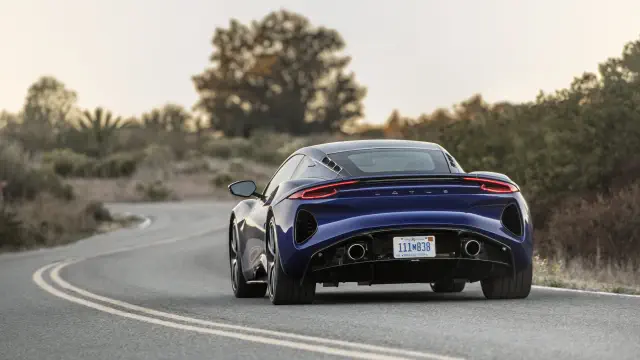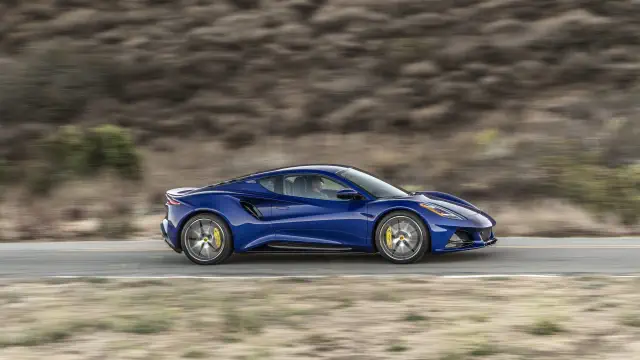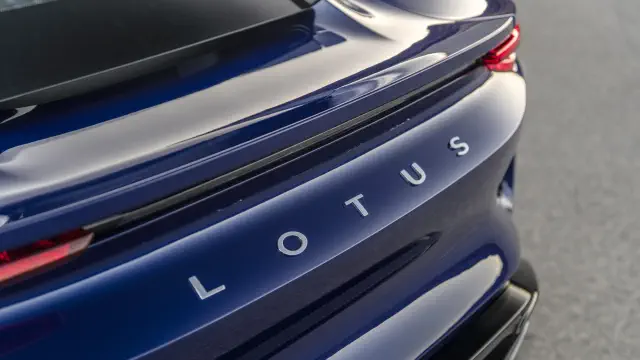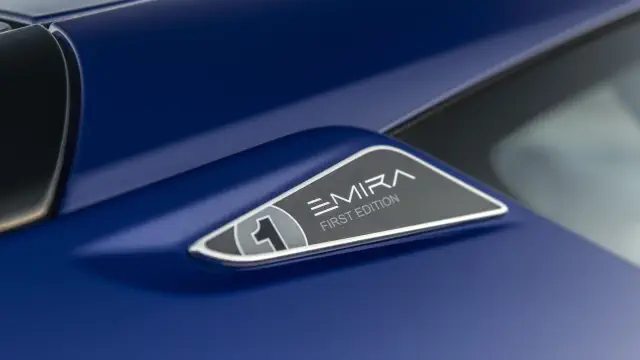Review: The Lotus Emira 2.0T Expands the Allure of the Emira
For the kind of person who makes an effort to rise before the sun to get an uninterrupted run on their favorite road, the V6-powered Lotus Emira flirts with perfection. As the sports car scene grows oversaturated with powerful giants masking as featherweights, the small Lotus reads like the product of a bygone era. A time when driver engagement, not boisterous performance stats, defined what a sports car should be.
This isn't a recent development. This philosophy has shaped Lotus since its inception. Nevertheless, the British brand's current creations and, ultimately, its identity are undergoing transformation.

View pictures in App save up to 80% data.
I haven’t had the chance to test drive the Eletre SUV or the Emeya sedan, as they are not currently offered for sale in the US. Therefore, I can't jump onto a virtual podium and proclaim these electric vehicles as the demise of Lotus before dramatically swooning and being escorted away. However, considering the differences in powertrain options, design, and overall size, it’s clear even without firsthand experience that these new models are steering the brand into a completely different path—one that contrasts sharply with its traditional heritage.
At this crucial juncture, the new Lotus Emira 2.0T is starting to make its debut in showrooms nationwide. Unlike the electric vehicles, which many enthusiasts view as a betrayal of tradition, this mid-engine four-cylinder sports car enters the scene as if nothing has changed. It's truly lightweight, visually stunning, and surprisingly functional.

View pictures in App save up to 80% data.
A decade ago, the concept of a Lotus that was exclusively automatic would have sparked outrage among enthusiasts. However, with the rise of electrification, even the most fervent critics are beginning to reconsider their stance. This shift in perspective is beneficial, especially since the 2.0T isn't merely the new base model Emira; for most casual Lotus fans, it stands out as the ideal choice.
Despite the unwavering dedication of loyal fans, the sales figures from the past twenty years indicate that solely appealing to those who revere Colin Chapman quotes over religious texts is not a sustainable strategy for a car brand. Although the V6-powered Evora introduced an automatic transmission to attract a wider audience, it utilized a torque converter sourced from Toyota, which hardly competes with the impressive PDK of the Porsche Cayman. The new V6 Emira adopts a comparable approach and faces similar challenges.

View pictures in App save up to 80% data.
On the other hand, the Lotus Emira 2.0T offers a chance to captivate prospective customers with a vehicle that exudes personality while being designed for seamless gear transitions. Lotus accomplishes this by shifting from sourcing parts from Toyota to tapping into Mercedes-AMG’s inventory. After a thorough selection process, it selects the turbocharged 2.0-liter inline-four engine from AMG’s 35 and 45 models, along with its dual-clutch automatic transmission, and integrates them into the rear of the Emira.
The results are immediately promising. Despite incorporating a heavier transmission, the four-banger’s smaller footprint is lighter than the V6 combo. Thus, the entry-level Emira’s 3,187-pound curb weight clocks in at just under the V6 car’s 3,212 lb figure. Yet it still produces 360 horsepower and 317 pound-feet of torque, not far off the V6 car’s 400 hp and 310 lb-ft output. That’s admittedly not a ton considering this car’s $99,900 base price, but I’ll come back to that.

View pictures in App save up to 80% data.
When you start driving the Lotus Emira 2.0T, you immediately notice that it delivers a distinctly different experience compared to the V6 model, particularly in terms of power delivery. The peak torque kicks in at 3,000 rpm, which is lower on the tachometer than its counterpart, giving it a noticeably quicker feel during low-rev acceleration. The quick-shifting dual-clutch transmission enhances the sensation, making the seemingly modest torque rating feel impressively underestimated. The Emira 2.0T launches off the line with enthusiasm, whereas its sibling requires more time to gain momentum.
At the same time, its power output remains relatively consistent as it approaches the 7,200-rpm redline, only beginning to wane as you reach the upper limit. This is an impressive 400 rpm more than the V6 can achieve. Surprisingly, if you’re seeking the most high-revving variant of this sports car, the Lotus Emira 2.0T is the model to choose.
